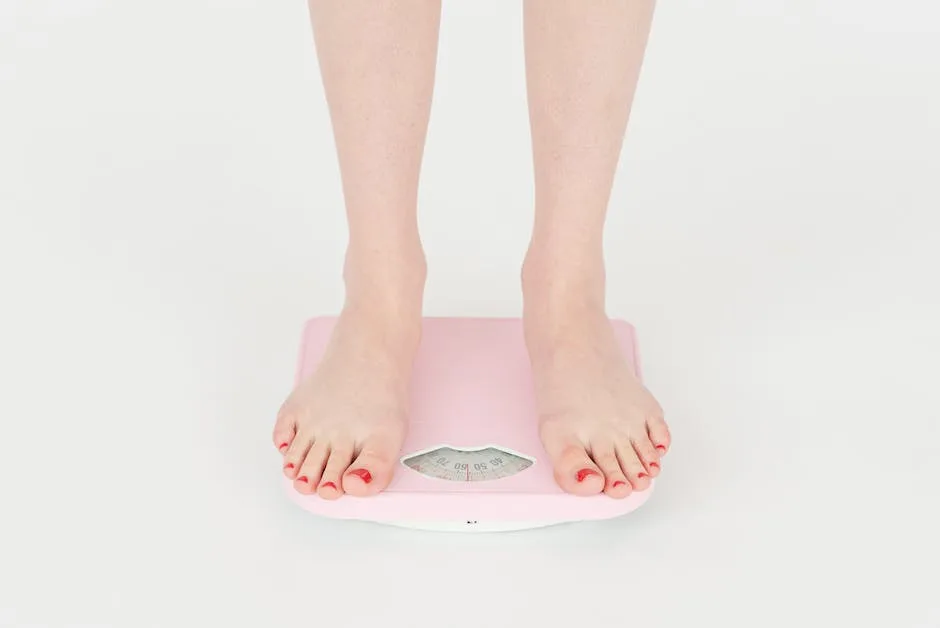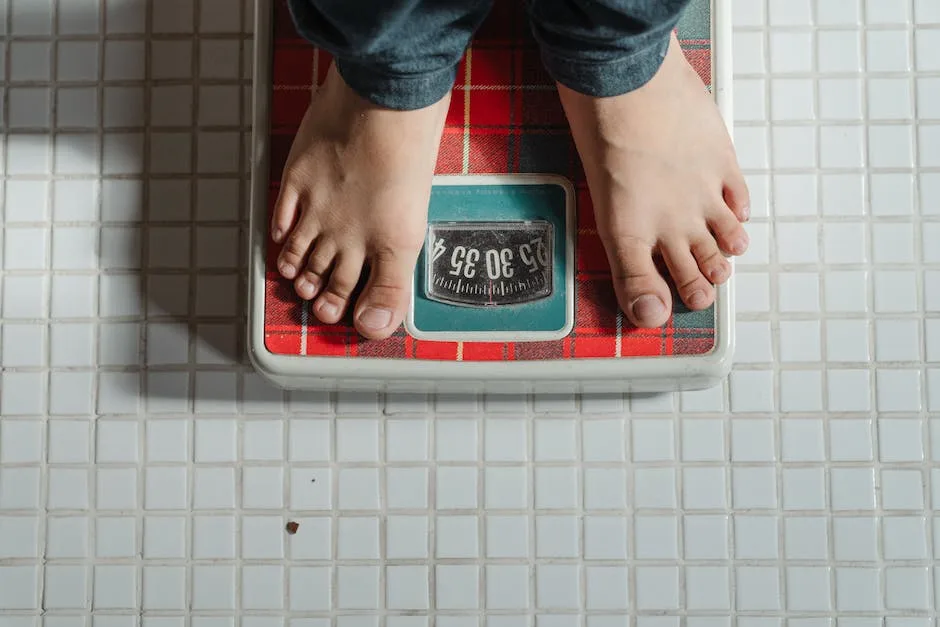Losing weight is no easy feat, but you can make it more manageable by mastering portion control. This powerful tool allows you to regulate calorie intake and develop healthier eating habits simply by being mindful of how much you eat. In this blog, we’ll explore the fundamentals of portion control and reveal the ideal serving sizes for 7 major food groups when trying to shed pounds. Read on to uncover the secrets to boosting your weight loss results just by paying attention to portion sizes.
Introduction
One of the most effective yet overlooked strategies for losing weight is portion control. By carefully measuring and monitoring serving sizes, you can ensure you consume an appropriate number of calories to create a deficit that prompts fat burning. But portion control is about more than just numbers on a scale. It helps you reconnect with your body’s innate hunger and fullness signals so you effortlessly avoid overeating. Mastering healthy portion sizes will empower you on your journey toward reaching your weight loss goals.
The reason controlling portions is so crucial is that it directly impacts how many calories you eat. When you eat giant platefuls and heaping servings, it’s easy to go overboard on calories without realizing it, which can sabotage weight loss. However, eating moderate portions of nutritious whole foods provides your body with the fuel it needs while still supporting a calorie deficit. Portion control also minimizes mindless overeating and overindulgence in calorie-dense foods. Overall, keeping portion sizes in check is linked to long-term weight management and better health.
In this guide, we’ll explore what constitutes a standard portion size. You’ll learn about recommended serving sizes for different food groups, plus practical tips for measuring portions. We’ll also provide strategies to overcome common struggles with portion control. Armed with this knowledge, you’ll be ready to leverage the phenomenal power of portion control to accelerate your weight loss success.

Understanding Portion Control
Simply put, portion control means eating reasonable serving sizes that align with your weight loss goals. It’s about being conscious of how much you put on your plate and into your mouth in order to restrict calorie intake. Portion control is guided by recommendations that specify suitable serving sizes for different foods.
For instance, a healthy portion of meat is 3 ounces, about the size of a deck of cards. The suggested portion of pasta is 1/2 cup, while a fruit portion should be 1/2 cup or a small piece. Controlling portions means measuring your food to match these serving size guidelines.
This tactic prevents mindlessly overeating. Consuming giant portions makes it easy to eat too many calories without noticing. However, sticking to sensible portion sizes channels your hunger into appropriate amounts of wholesome food. It also makes you more attentive to everything you eat.
Portion control works because it counters the modern trend of portion distortion. Research shows portion sizes have increased drastically over the past few decades. Restaurant meals can be 2 to 5 times larger than standard servings. Our perception of what a normal portion looks like has become dangerously skewed. Adopting healthier portion control habits helps get your portions back on track.

The 7 Ideal Portion Sizes for Weight Loss
Now let’s explore suitable portion sizes for each major food group. Sticking to healthy portions will be key for creating the calorie deficit you need to shed excess pounds. Here are the ideal serving sizes to target when slimming down:
1. Lean Proteins
Protein is vital for preserving and building lean muscle mass. Since muscle burns more calories than fat, maintaining muscle can accelerate fat loss. Lean proteins also enhance satiety, allowing you to avoid hunger between meals.
Some smart options for protein along with their portion sizes include:
- 3 ounces of chicken, fish, lean meat or tofu (about a deck of cards)
- 1/4 cup beans or lentils
- 1 egg
- 2 tablespoons nut butter
Protein portions should be no bigger than your palm. Opt for leaner cuts of meat and plant-based proteins instead of high-fat choices like steak.
2. Whole Grains
Unlike refined grains, whole grains deliver fiber, nutrients and staying power. Complex carbohydrates provide energy and keep you feeling satisfied longer. Be sure to choose whole grain varieties of these foods:
- 1/2 cup cooked grains like brown rice, quinoa or barley
- 1 slice whole grain bread
- 1 small whole grain tortilla
- 1/2 cup cooked whole wheat pasta
The extra fiber in whole grains promotes satiety and digestive health. Always opt for whole grains over refined choices like white rice and bread.
3. Healthy Fats
It may seem strange to add fats while trying to lose weight, but the right kinds enhance flavor in meals and offer key nutrients. Healthy fats to include are:
- 1/4 avocado
- 1-2 tablespoons nut oils like walnut or olive oil
- 1/4 cup nuts
- 2 tablespoons nut butter
- 1-2 tablespoons seeds like flax or chia
Aim to get fats from whole foods rather than oils. And stick to the suggested portions, since even healthy fats are high in calories.
4. Vegetables
Low in calories yet packed with filling fiber, vegetables are a dieter’s ally. These portion sizes provide nutrients without too many calories:
- 1 cup raw leafy greens
- 1/2 cup cooked vegetables
- 1 medium whole vegetable like tomato or carrot
Make vegetables account for at least half your plate. Their high water and fiber content will help fill you up without expanding your waistline.
5. Fruits
Fruits contain fiber, vitamins and antioxidants. However, their natural sugars can quickly sum up, so aim for these serving sizes:
- 1 small whole fruit like apple or orange
- 1 cup berries or melon
- 1/2 cup fresh fruit juice with no added sugar
- 1/4 cup dried fruit
Whole fruits have more filling fiber than juices. Also be mindful of calorie-dense dried fruits and stick to 1/4 cup portions.
6. Dairy and Alternatives
Milk, yogurt and cheese offer protein and bone-fortifying calcium. To keep calories under control, stick to 1-2 servings of dairy or substitutes like:
- 1 cup low-fat milk or unsweetened plant-based milk
- 1 cup low-fat plain yogurt
- 1.5 ounces low-fat cheese
- 1/4 cup part-skim ricotta cheese
- 1/2 cup low-fat cottage cheese
Limit high-fat cheeses and choose unsweetened yogurt and milk. If using plant-based options, select ones fortified with calcium and vitamin D.
7. Snacks and Treats
You can still enjoy the occasional snack or treat while losing weight through portion control. Here are some tips:
- Measure out a 1/2 cup serving of your favorite ice cream or dessert
- Choose a small cookie or 1/2 ounce of chocolate rather than the whole package
- Portion out chips and crackers into 100-calorie snack packs
Being able to indulge sometimes makes a weight loss plan more sustainable. Just account for treat calories in your daily intake.

Practical Tips for Portion Control
Here are easy ways to size portions without needing measuring cups and scales:
- Use your palm to estimate a 3-4 ounce serving of protein.
- Limit starchy carbs to a portion the size of a golf ball.
- A proper cheese portion should be no bigger than a pair of dice.
- Use your fist to represent 1 cup of veggies or grains.
- Allow yourself a “handful” of nuts by measuring one serving in your cupped palm.
You can also employ common household items:
- A serving of meat should be about the size of a deck of cards or bar of soap.
- A medium baked potato should be no larger than a computer mouse.
- A teaspoon of peanut butter equals the tip of your thumb.
Visual cues help ensure proper portions without obsessive measuring. Also try smaller plates, bowls and utensils to make servings look bigger.
Most importantly, tune in to your body’s hunger and fullness signals. Eat slowly and stop when satisfied – don’t overstuff yourself to clean your plate. Learning to listen to your body’s innate portion control ability is vital.

Overcoming Portion Pitfalls
Portion control comes with its share of obstacles. Here are some common struggles and tips to address them:
Dining out – Many restaurants serve portions 2-3 times bigger than ideal. Opt for an appetizer or kids meal instead of an entrée. Request a to-go box immediately and wrap up half the dish before you start eating.
Large gatherings or parties – Avoid mindless grazing all day. Survey the spread first to choose healthier options. Fill up on veggies, then take sensible portions of main dishes.
All-you-can-eat buffets – Use a salad plate instead of a dinner plate for smaller portions. Don’t go back for seconds. Focus on lean proteins and lots of veggie dishes first.
Happy hours or cocktail events – Alcohol lowers inhibitions, making portion control harder. Sip water between drinks. Eat before going and select vegetable crudités over fatty finger foods.
Emotional or stress eating – Identify triggers like boredom or anxiety that cause overeating. Find a healthy distraction like calling a friend or taking a relaxing bath instead. Staying occupied also prevents mindless nibbling.
Late-night cravings – Stop eating a few hours before bed. If hungry, opt for a light, low-calorie snack like fruit or Greek yogurt. Sip herbal tea to tame cravings.
With creativity and dedication, you can control portions in any situation. The more you practice eyeballing proper portions, the more second nature it will become. You can do this!
Conclusion
Tapping into the tremendous power of portion control could mean the difference between weight loss success and failure. Consuming suitable serving sizes for all food groups is key to reducing calories to boost fat burning. We explored standard portion sizes to target for proteins, carbs, fats, produce, dairy and treats. You also learned techniques like using visual cues and your own hand to gauge portions. Overcoming challenges like dining out and stress eating takes strategy but pays off.
Committing to portion control can transform your eating habits and shrink your waistline. No fancy equipment or meal plans needed – just a mindful approach to the amount of food on your plate and in your body. So embrace the magic of portion control to unlock your maximum weight loss potential! We know you have the power to reach your goals.
Interested in more helpful wellness tips? Sign up for our free monthly newsletter! Our exclusive content will support you on your journey toward living a healthier, happier life. You can also browse our site for related articles about food, nutrition, weight loss, and wellness. We’re here to help you succeed every step of the way. Thanks for reading!
Thank you for reading this post, don't forget to subscribe to our free newsletter
!
